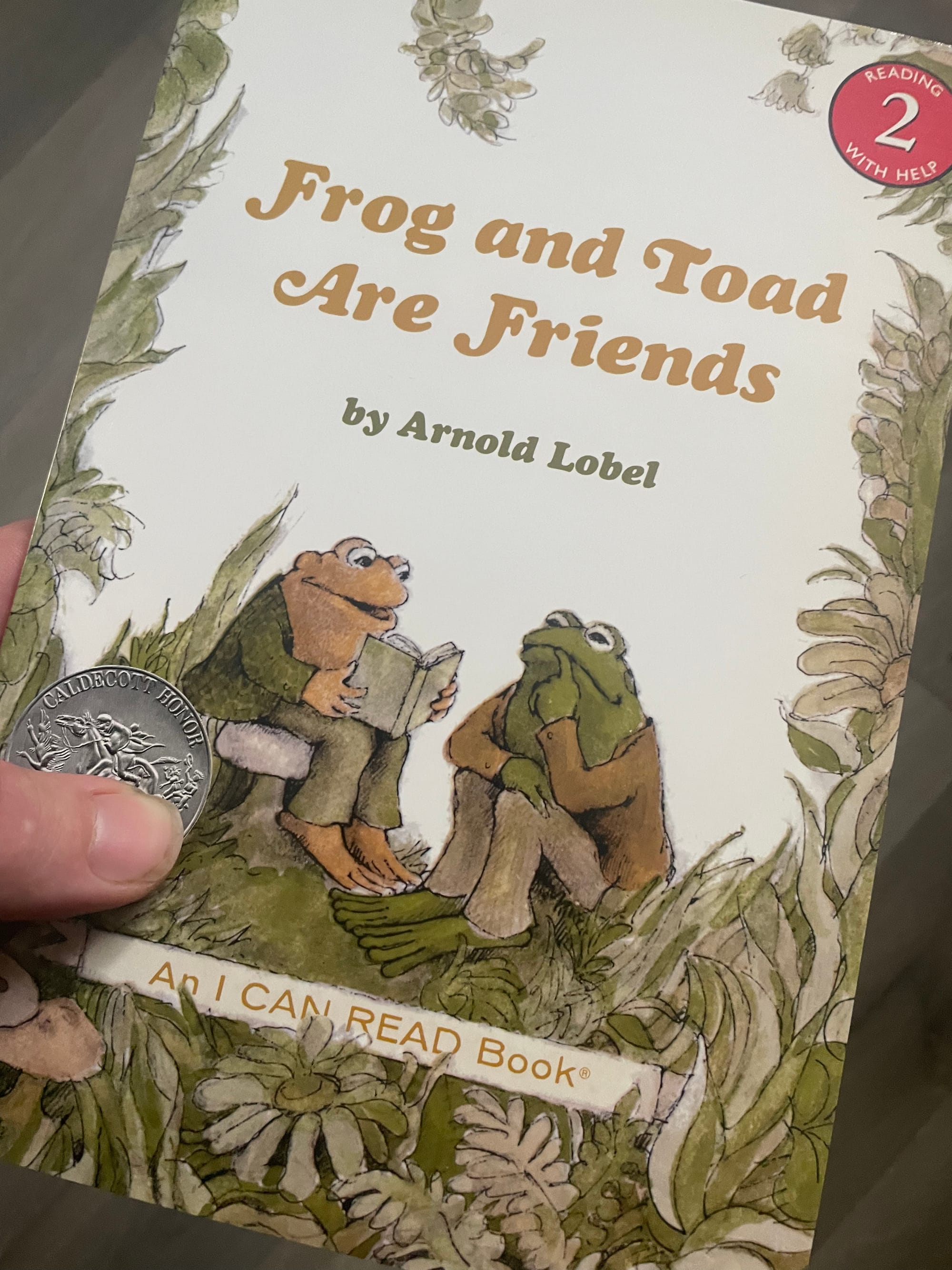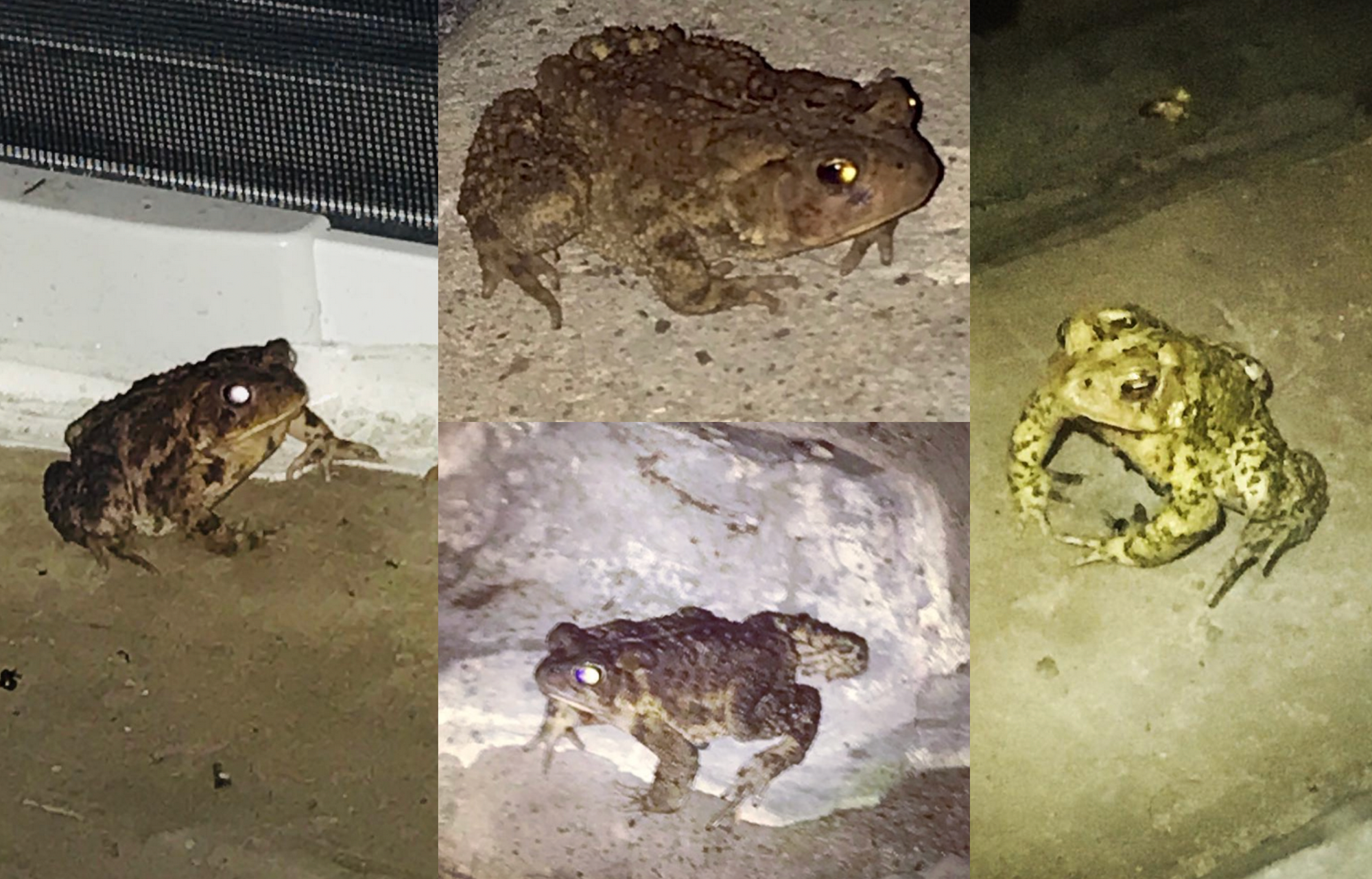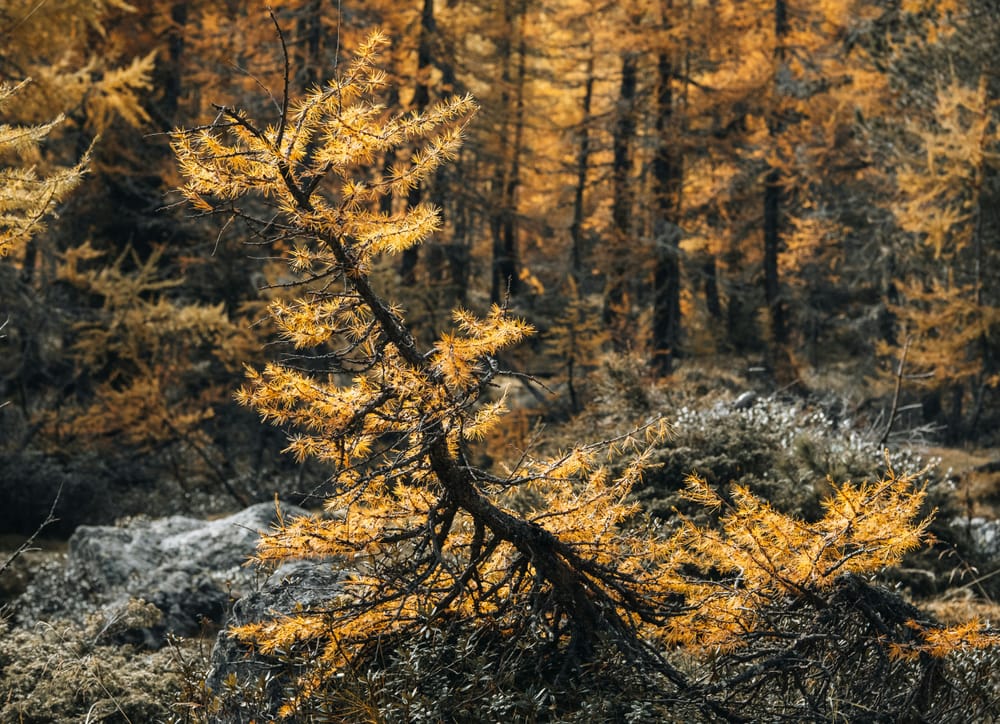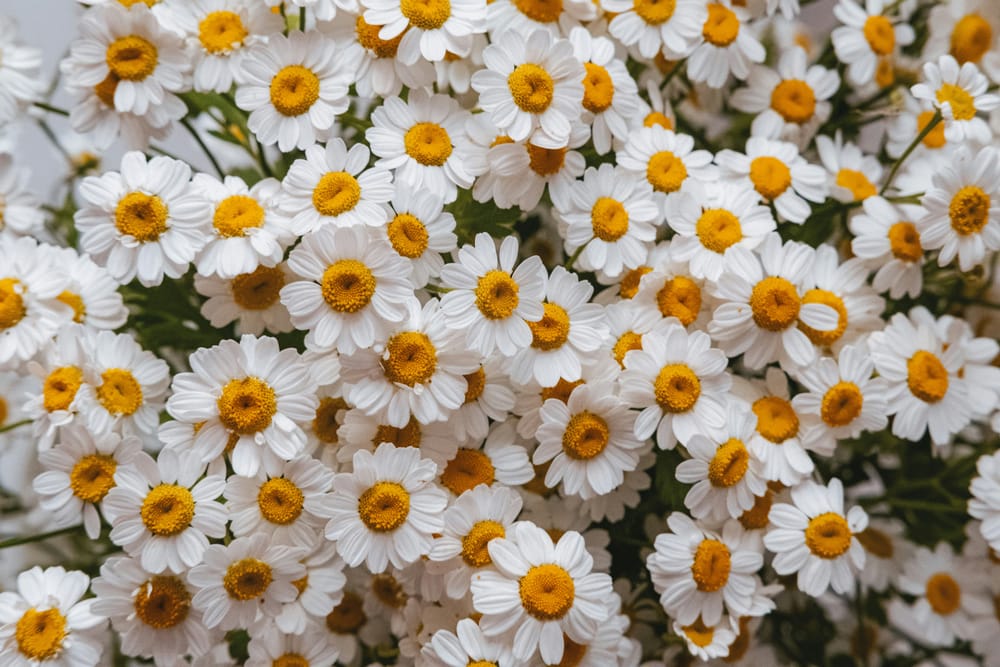For my half of this season of Kinship Meditations, I'm focusing on the animals I've met in my own backyard. Because while the exotic can be compelling, sometimes, you just have to get to know your neighbours. xoAmy
In the song “This Frog” Kermit the Frog sang:
This frog has to go his own way
This frog doesn't care what the other frogs say
This frog wants to be happy, and this frog has to try
This frog is gonna make it or know the reason why
All toads are frogs, but not all frogs are toads - toads belong to the frog family, but just like humans, frogs come in all different varieties. One of the most noticeable differences between frogs and toads is their skin. But they are still family. Can you sense where I’m going with this? Skin colour, and in our amphibian friends’ case also skin texture, sets these creatures apart from one another, but they are still family. And we witches can think of frogs when racism rears its ugly head. Despite our differences, despite our skin, we are still family.
Family, and, as author Arnold Lobel taught me from a very very young age, Frog And Toad Are Friends. That was the name of Arnold’s first book in the Frog And Toad series, which depicts a loving relationship between these two creatures. They are honest and vulnerable with each other about their fears and their short-comings, and the two are always there for each other, ready to help, or just sit in the quiet gratitude of nature. In ‘The Letter’ one of the short stories that make up Frog and Toad Are Friends, Toad is sad because he never gets any mail, and Frog sets out to remedy his best friend’s sadness.
[Toad asked]
“What did you write in the letter?"
Frog said, "I wrote 'Dear Toad, I am glad that you are my best friend.
Your best friend, Frog.'
"Oh, said Toad, "that makes a very good letter.”
[...]
They sat there,
feeling happy together.

But there’s more to this story than friendship.
So the Frog And Toad series has become more than a continuing story of friendship; it has taken its place as a piece of queer iconography. Arnold died of AIDS in 1987, and left behind a legacy: one of the greatest love stories ever told. The love of a frog and a toad, arms around each other, looking off into a peaceful sunset, feeling happy together.
But though they love each other, even in Arnold’s stories, Frog and Toad live apart, as they do in nature, because they have different needs, require different habitats.
Frogs are usually more green, while toads are usually more brown. Frogs have sleek smooth skin, while toads are bumpy. Frogs prefer water and are usually found close to or in the water, while toads are more likely to be found on dry land. I have found this to be true - frogs swim in the creek that curls through the bottom of the ravine behind my house, swimming out of the way of my rubber boots sloshing past, while toad sightings happen in the garden closer to the house.
When I first moved to the woods, I was surprised and delighted that there was often a toad sitting outside my front door. It got to a point where a toad on the doorstep became commonplace and as a Witch, I knew I could take this on as a good omen, both for me and for my environment, and I wondered what they might be trying to tell me. But as with my profound connection to deer, or the perils of dating apps, I may have seen a connection that wasn’t there - it finally occurred to me that the porch light that I always leave on attracts delicious insects, and sitting on my stoop was a toad equivalent of a buffet restaurant. They didn’t come for companionship, they came for a free meal.
Once I had become accustomed to their presence, I’d simply say ‘excuse me’ and step around them, until one brave soul decided to follow me inside. I screamed and laughed and my spouse screamed and laughed while we frantically tried to figure out how to get this bumpy little buddy back outside without hurting them. I’m happy to be frog kin, frog neighbour, but I’ve gotta draw the line at frog roommate! I am a witch but was not yet ready to open my home to this new familiar. And toad kin, probably deciding the same thing, with one delicate tap of my witch’s broom, turned around and hopped back out into the night. We decided to respect each other’s boundaries, and I now use the side door to get in and out when I spot one on the porch.

The thing about frogs is that they breathe through their skin - with their lungs AND through their skin. This is called COETANEOUS respiration. And if you are a highly sensitive person, an empath or a witch, maybe you can relate to this coetaneous respiration. We walk into a room and it’s as if we are absorbing everything that’s happening into our bodies through every cell of our derma. If you’ve ever been called ‘sensitive’ or ‘thin-skinned’, know that you are frog kin, and your porous nature makes you very important to your environment. Frogs are excellent environmental indicators; sensitive to pollution, a lack of frogs can indicate that there’s something off in the ecosystem. And us witches too. We are adept at noticing wrong-doing, and it hurts. We recognize that we are interdependent with our biosphere. That we are family. We can choose to believe that a lack of Witches can indicate that something is off - we can choose to believe that the attempted extinction of our Witch species through witch hunts of all kinds is part of religious capitalism’s wanton environmental destruction.
“Frogs and toads—like the canaries in the coal mines of yesteryear—respond quickly to changes in their environment. This is important because we rely on the wetland ecosystems where they live for our clean water. Wetlands act as natural filters to keep Canada's water pure. Declines in frog populations may indicate ecological problems in an ecosystem that should be investigated for wider impacts on other species including humans.”
We witches point out these changes, these problems, filter them through our bodies and our magic in the hopes of making or stopping wider impacts on our world. Being sensitive, thin-skinned bioindicators of environmental health hurts, but it’s necessary. We are necessary. So is rest. A hibernating frog can stay buried in the mud at the bottom of a pond for a whole winter.
Sometimes we are loud as fuck. I remember camping with some friends many years ago, and I heard a sound, noisy like the approach of a caravan of trucks. “What is that?!?!” I asked aghast in wonder - we were deep, deep in the woods, at the edge of a lake on crown land where you had to hike in and the closest actual road was miles away. “It’s bullfrogs” my friend replied, and for a moment I almost didn’t believe him. I thought of frogs in their elusive camouflage and had never been in a place where their chorus shouted in the dark. Thinking on it now, perhaps unsurprisingly, I’m reminded of Mary Oliver whose poem Blossom contains the following:
In April
the ponds open
like black blossoms,
the moon
swims in every one;
there’s fire
everywhere: frogs shouting
their desire,
their satisfaction.
We are frog kin and we shout our desire AND our satisfaction. What is missing, but also, what is here, what is beautiful, what is perfect. We can shout our terror at environmental destruction, but Like Arnold Lobel’s Frog and Toad, we can also, sometimes, sit here, feeling happy together.
“There is an estimated 4,780 amphibian species in the world. The biodiversity of
Frogs and toads and witches have always been linked. Leading an amphibious double life between the real and the surreal, toad poison, sometimes as venomous as our craft, has been used for thousands of years both to heal and to hex. And indeed, toads, like witches, are psychedelic creatures.
And isn’t this just so fucking typical? New waves of Tech-bros and yuppie hippiecrites co-opting rare, ancient and sustainable traditions, creating a market of demand, harvesting the organs of our toad kin and turning the contents to dust in an attempt to reach a higher state of being when, in fact, an equally religious experience can be had by simply being with them in nature, observing their powers of transformation and inherent magic. By recognizing them as family and friend, we too can access the deep, damp swamp of our souls.
We can discover new species of ourselves, frog witch kin, and through our process of renewal, by feeling what is right and what is wrong, by recognizing that we are family and friend, kin to the world around us, we too can become these living sigils.
So many times I’ve walked through my yard and almost missed seeing the frogs or toads that were right there. Nature is great at camouflaging that which needs to be hidden for its own protection, but it always makes me wonder what else I’m missing. This also serves as a reminder for us witches - in life, in witchcraft and especially in nature - just because other people can’t/don’t/won’t see it, doesn’t mean it isn’t there. Just because you are hidden or overlooked, does not mean you’re not important.
As Kermit the Frog once sang:
With so many other ordinary things
And people tend to pass you over
Like flashy sparkles in the water
When green is all there is to be
It's beautiful, and I think it's what I want to be”
Jumping, leaping, elusive, psychedelic, richly diverse, thin-skinned, and cold-blooded, living sigils of magical thinking, capable of great metamorphoses, changing ourselves and changing the world - we are frog kin - it’s beautiful, and I think it’s what I want to be.
Toads Spring Time Sounds: ToadsSpringTime.mp3 by RandomRecord19 -- https://freesound.org/s/626186/
Amy (she/they) is the co-founder of Missing Witches and co-author of Missing Witches: Reclaiming True Histories of Feminist Magic and New Moon Magic: 13 Anti-Capitalist Tools for Resistance and Re-Enchantment.
Amy supports the Native Women's Shelter of Montreal and Black Witch University.



